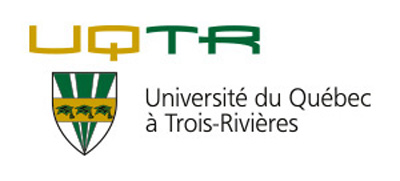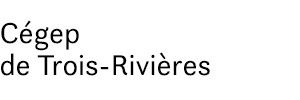Related projects
Discover more projects across a range of sectors and discipline — from AI to cleantech to social innovation.
Mitacs brings innovation to more people in more places across Canada and around the world.
Learn MoreWe work closely with businesses, researchers, and governments to create new pathways to innovation.
Learn MoreNo matter the size of your budget or scope of your research, Mitacs can help you turn ideas into impact.
Learn MoreThe Mitacs Entrepreneur Awards and the Mitacs Awards celebrate inspiring entrepreneurs and innovators who are galvanizing cutting-edge research across Canada.
Learn MoreDiscover the people, the ideas, the projects, and the partnerships that are making news, and creating meaningful impact across the Canadian innovation ecosystem.
Learn MorePatients with corneal disease often require treatment with scleral lenses. Unlike regular soft contact lenses, these lenses are much larger and have a space between the cornea and the lens that is filled with fluid before lens application. These lenses are extremely useful in cases of extremely ocular dryness and in patients with irregular corneas. Adjusting these lenses to perfectly mold the surface of the eye is of the utmost importance to ensure that the patient is comfortable and sees well with their lenses. Current techniques to adjust scleral lenses involve a “trial and error” fitting technique, which takes a lot of chair time for both the patient and the practitioner. This study aims to evaluate the ways to fit lenses empirically using two topographers, instruments that provide information on the shape of the eye, ultimately improving lens fittings for practitioners, patients and contact lens manufacturers.
Langis Michaud
Gabriella Courey
Les Laboratoires Blanchard Inc
Medicine
Professional, scientific and technical services
Université de Montréal
Accelerate
Discover more projects across a range of sectors and discipline — from AI to cleantech to social innovation.
Find the perfect opportunity to put your academic skills and knowledge into practice!
Find ProjectsThe strong support from governments across Canada, international partners, universities, colleges, companies, and community organizations has enabled Mitacs to focus on the core idea that talent and partnerships power innovation — and innovation creates a better future.













































































































































































































































































































